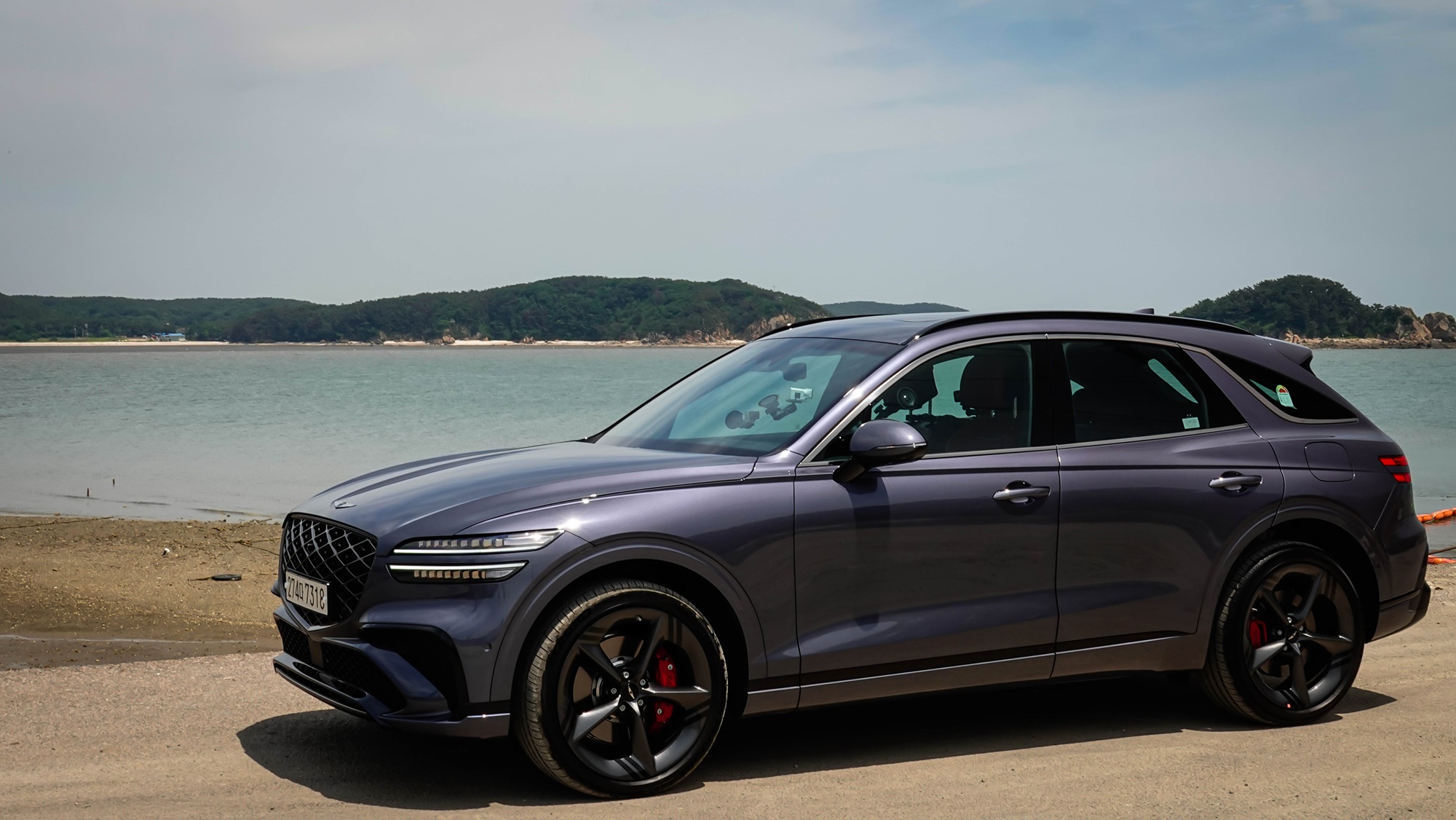
The Genesis mid-size SUV GV70 has been replaced with a new model after more than three years. It features subtle design changes front and rear, including the radiator grille, and has diversified its offerings by adding a 3.5 turbo with 2WD.
The engine options are two: a 2.5 turbo and a 3.5 turbo. Both can be equipped with a sports package. The transmission is an 8-speed automatic. The test vehicle provided by Hyundai is the highest trim full-option model, featuring the 3.5 turbo sports package with AWD.
Unlike GV70, the more catchy name is GVC70. It’s Hyundai’s premium brand Genesis’ mid-size SUV.
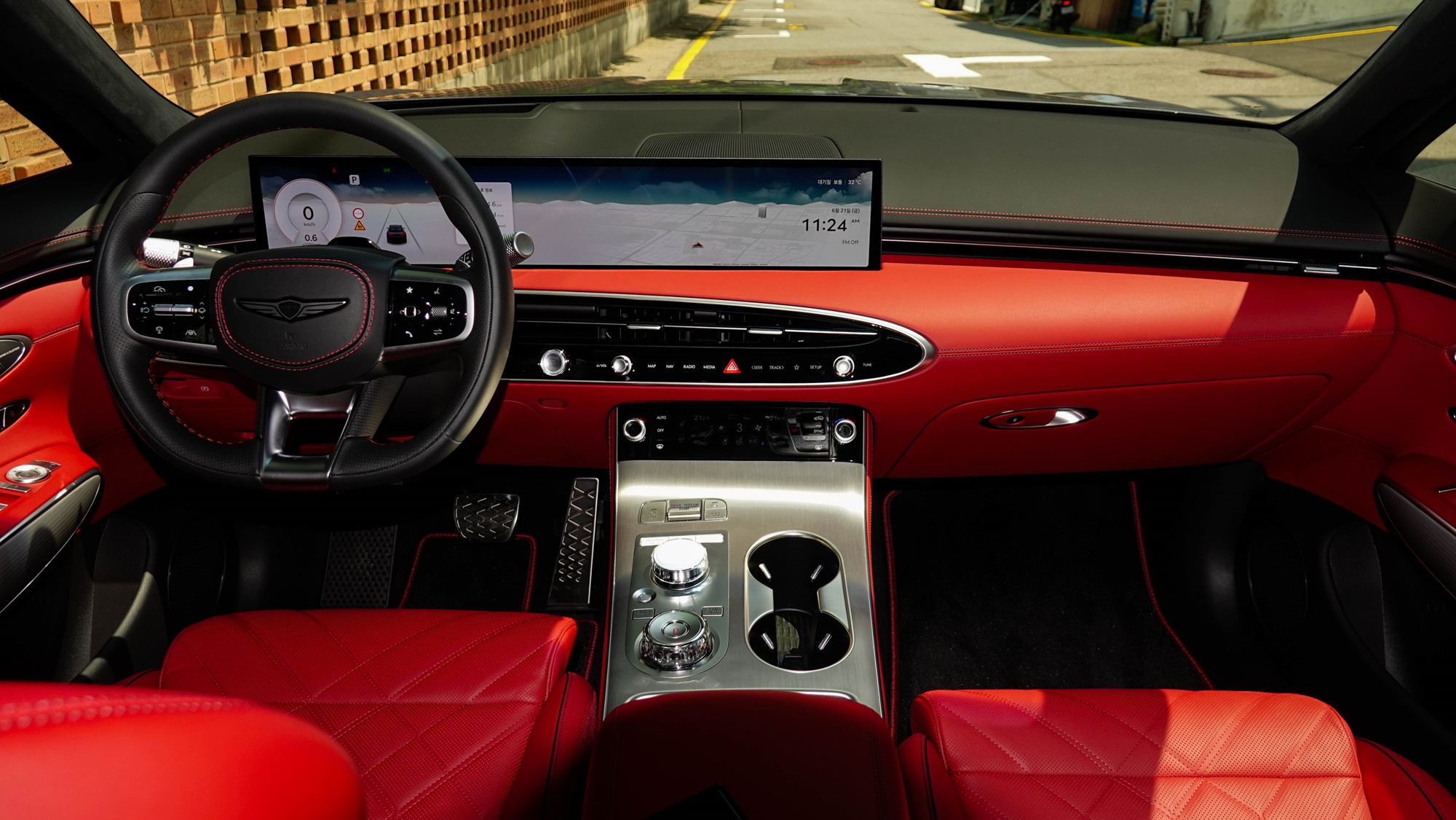
The radiator grille and the air intake at the bottom of the bumper are key design points that differentiate the sports package. Inside, the D-cut steering wheel and stitching add to the distinction.
The interior is entirely red—a peak of extravagance. The intense red color is striking, to say the least. Of course, there are other options available. For those averse to red, consider a black monotone or brown-gray two-tone. There are many choices for body color and interior color, so it’s advisable to take your time to review them.
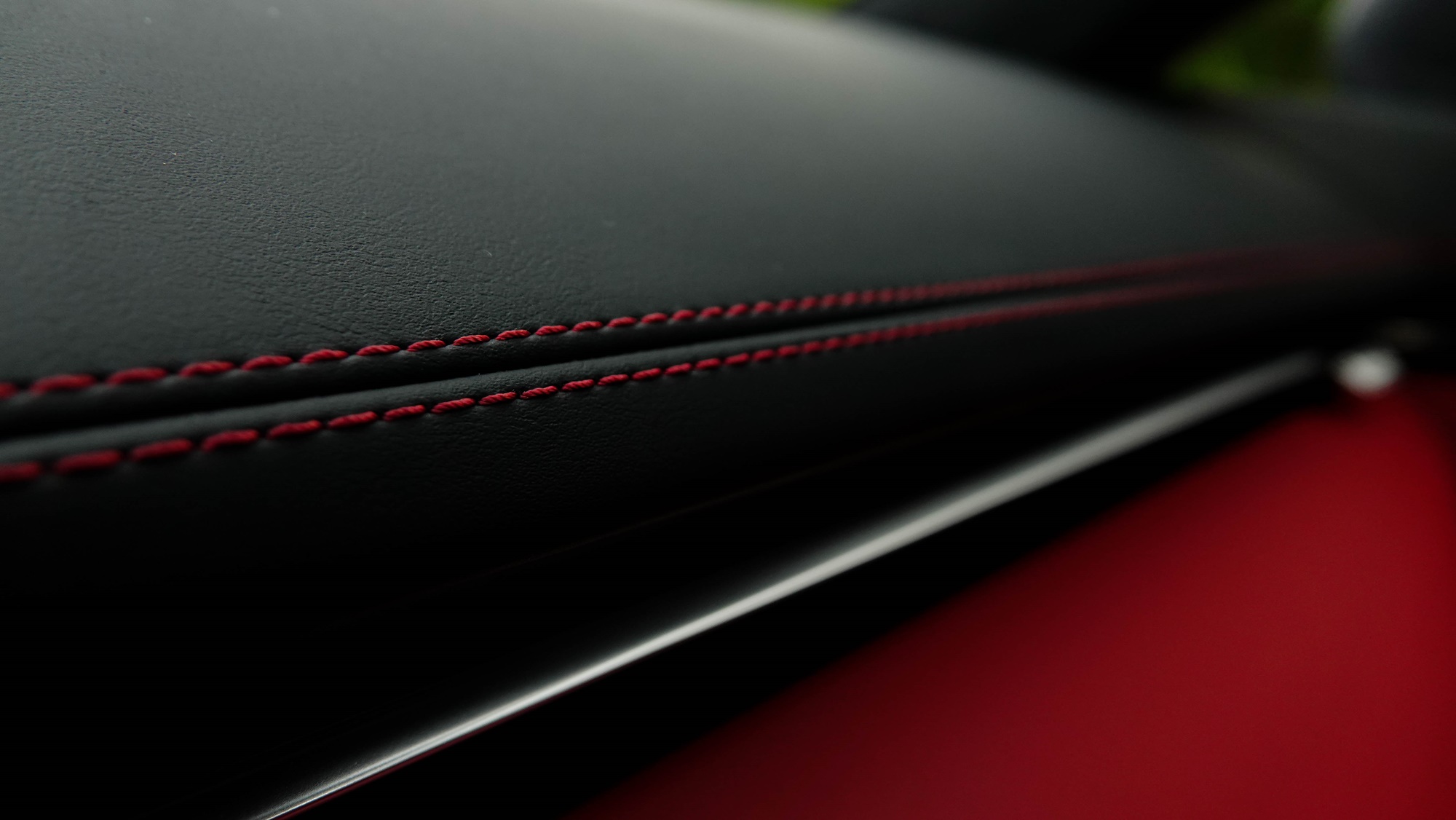
Genesis emphasizes its status as a premium brand. It showcases Korean luxury. The meticulous stitching on the steering wheel and dashboard visually conveys this. Moreover, it uses high-quality materials and is rich in infotainment systems, safety, and convenience features.
One of these features is the voice command system. It generally understands commands expressed in a conversational manner. Particularly when searching for a menu seems ambiguous, simply pressing the voice command button and stating your request works perfectly. I found myself fumbling through the menus for some time before pressing the voice command button and asking to turn on the head-up display (or off). The head-up display unfolded on the windshield in no time. Instead of struggling to find the menu, just use voice commands. It responds accurately to requests like “warm my seat” or “open the sunroof.” It can set destinations, adjust the cabin temperature, and open or close windows, all by voice. This level of functionality is rare in imported vehicles. The navigation system even includes a feature that recommends scenic routes.
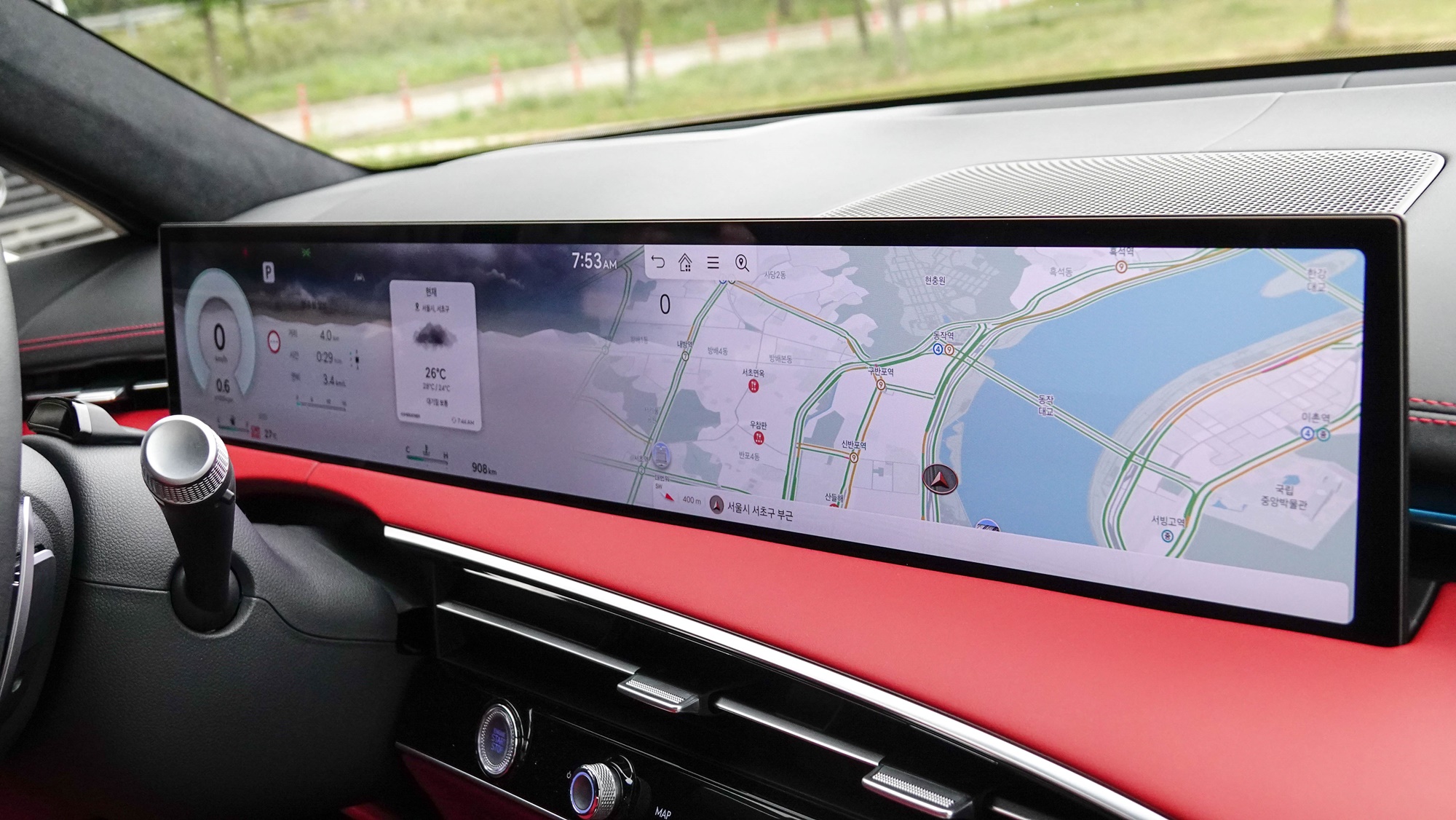
The 27-inch integrated monitor is an endless source of information and functions. Menus keep sprawling out like an unending spring. It’s practically an all-nighter just trying to explore all its options. You can either touch the screen directly or operate it using the jog shuttle lever.
The steering wheel has a 2.5 rotation cycle. With dimensions of 4,715 x 1,910 x 1,630 mm and a wheelbase of 2,875 mm, it’s not overly spacious, but it allocates necessary room successfully. However, the high center tunnel in the back seat is a bit cumbersome.
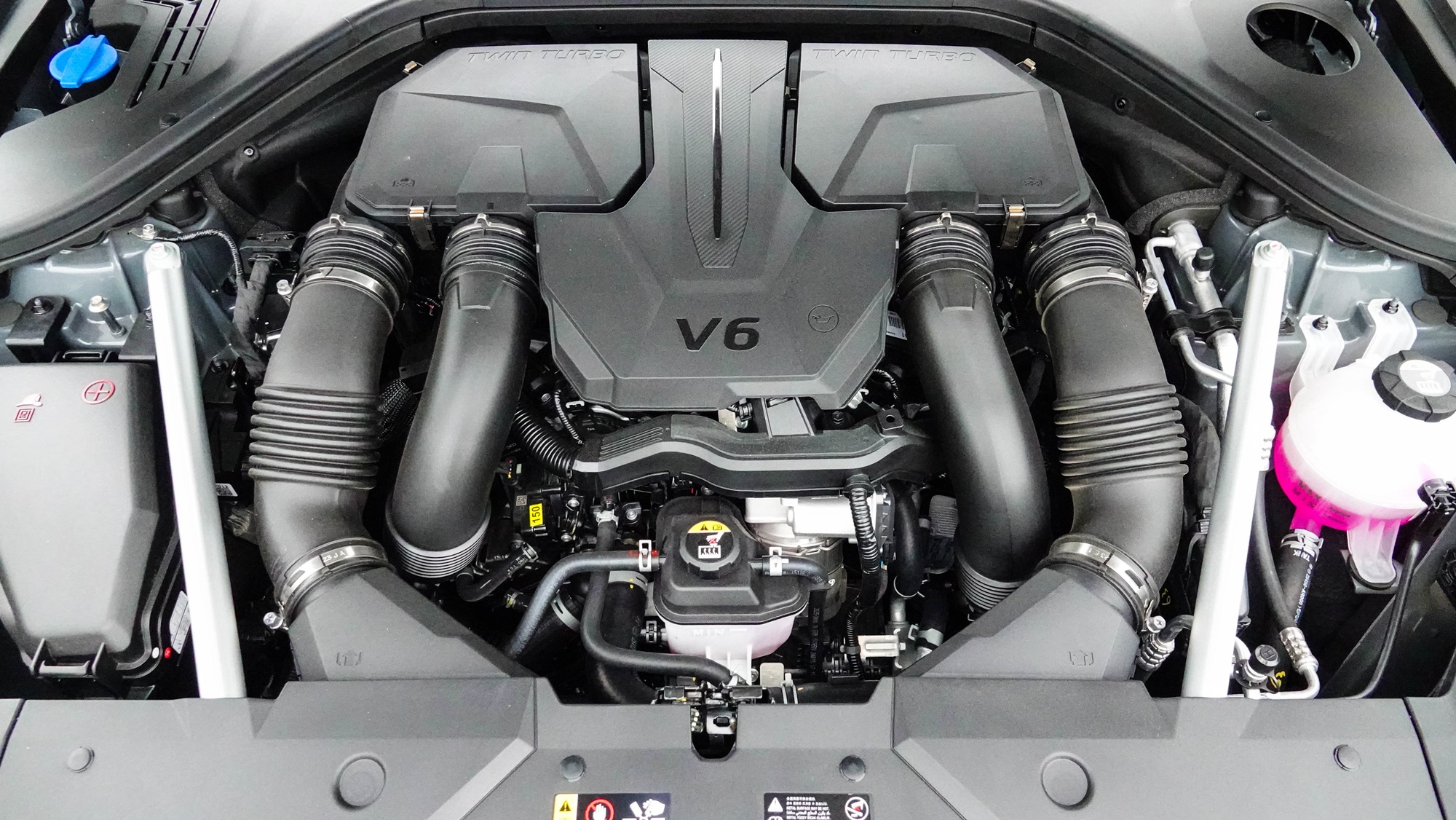
The 3.5 turbo gasoline engine boasts a maximum output of 380 horsepower. But just as crucial is the weight. The curb weight is 2,055 kg, translating to a power-to-weight ratio of 5.4 kg per horsepower. When you press the acceleration pedal deep, this vehicle that exceeds 2 tons flies like a feather. It responds excellently to bursts of power. The suspension featuring hydro bushings adeptly handles road shocks and contours. In sports mode, it shows fierce reactions, emitting a growl while demonstrating robust drive power. At high speeds, the stable driving position provided by the all-wheel drive is a welcome experience.
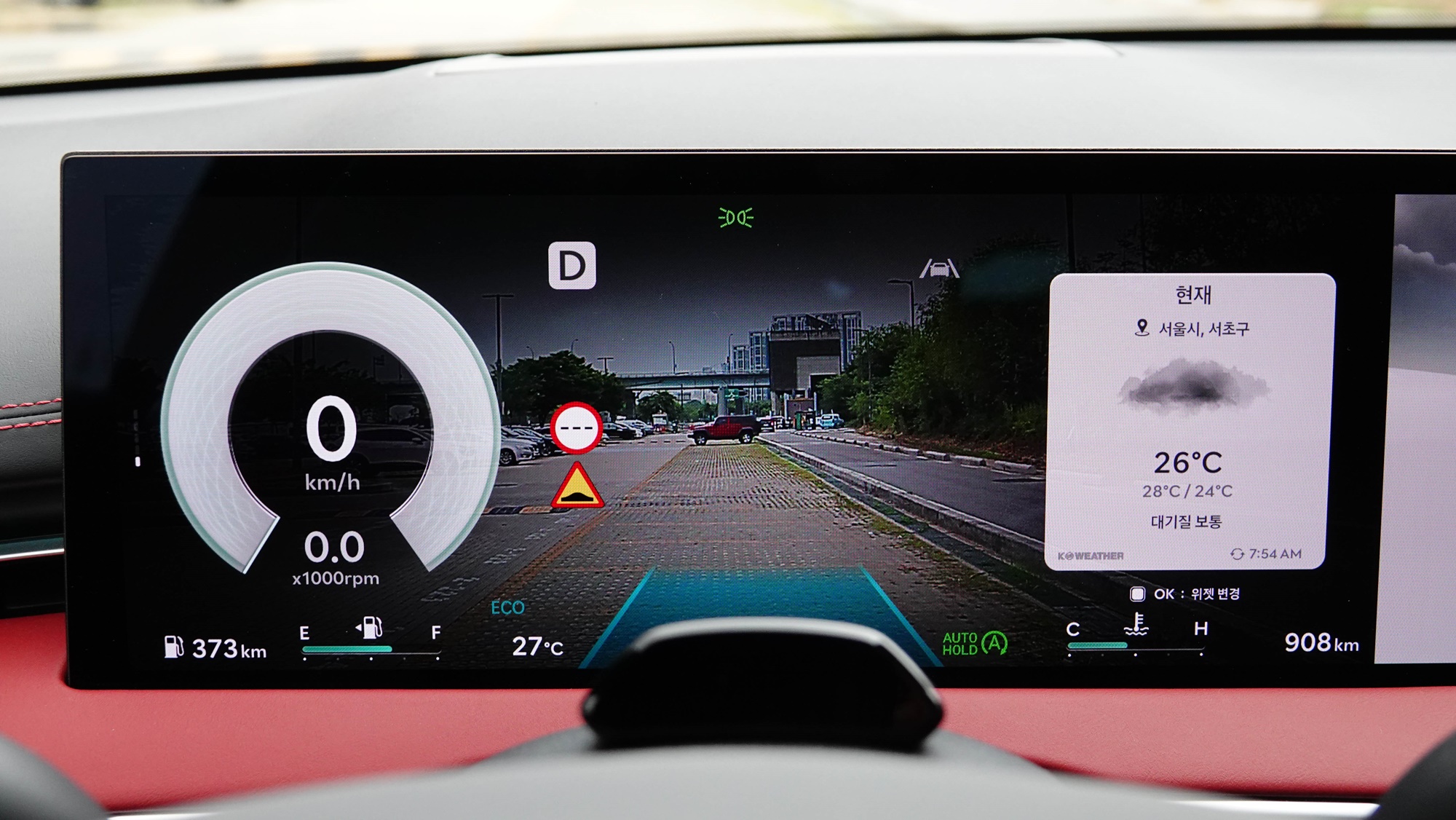
Being an SUV with its engine at the front, weight balance is unfavorable. The center of gravity is high and shifted to the front. However, the all-wheel drive aids in providing some level of driving stability. Naturally, as speed increases, stability tends to drop. Up to speeds of 110 km/h, in regular driving conditions, drivers can feel comfortable and secure.
The quiet interior enhances the driving stability. With active noise control (ANC) and double-glazed windows, the interior is relatively quiet. It effectively embodies the warmth of a luxury vehicle’s interior. ANC is available when opting for the Bang & Olufsen audio system. It measures and analyzes real-time road noise using sensors and microphones and outputs counter-phase sound through the speakers.
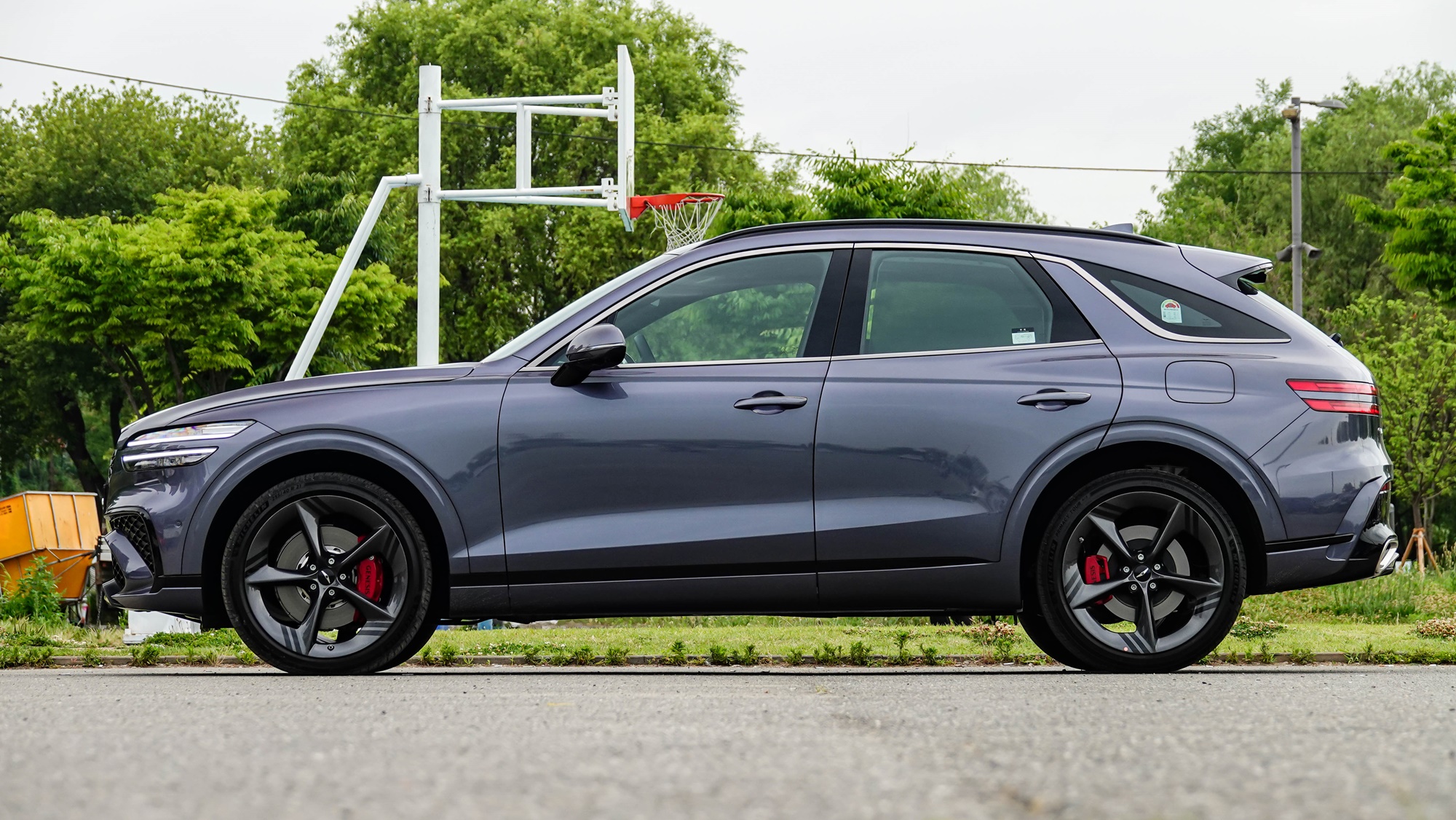
The paddle shifters add a layer of fun. Engaging in manual shifting while enjoying the changing engine sound was quite delightful. At 100 km/h, engine RPM is at 1,500 in 8th gear and 4,600 in 3rd gear.
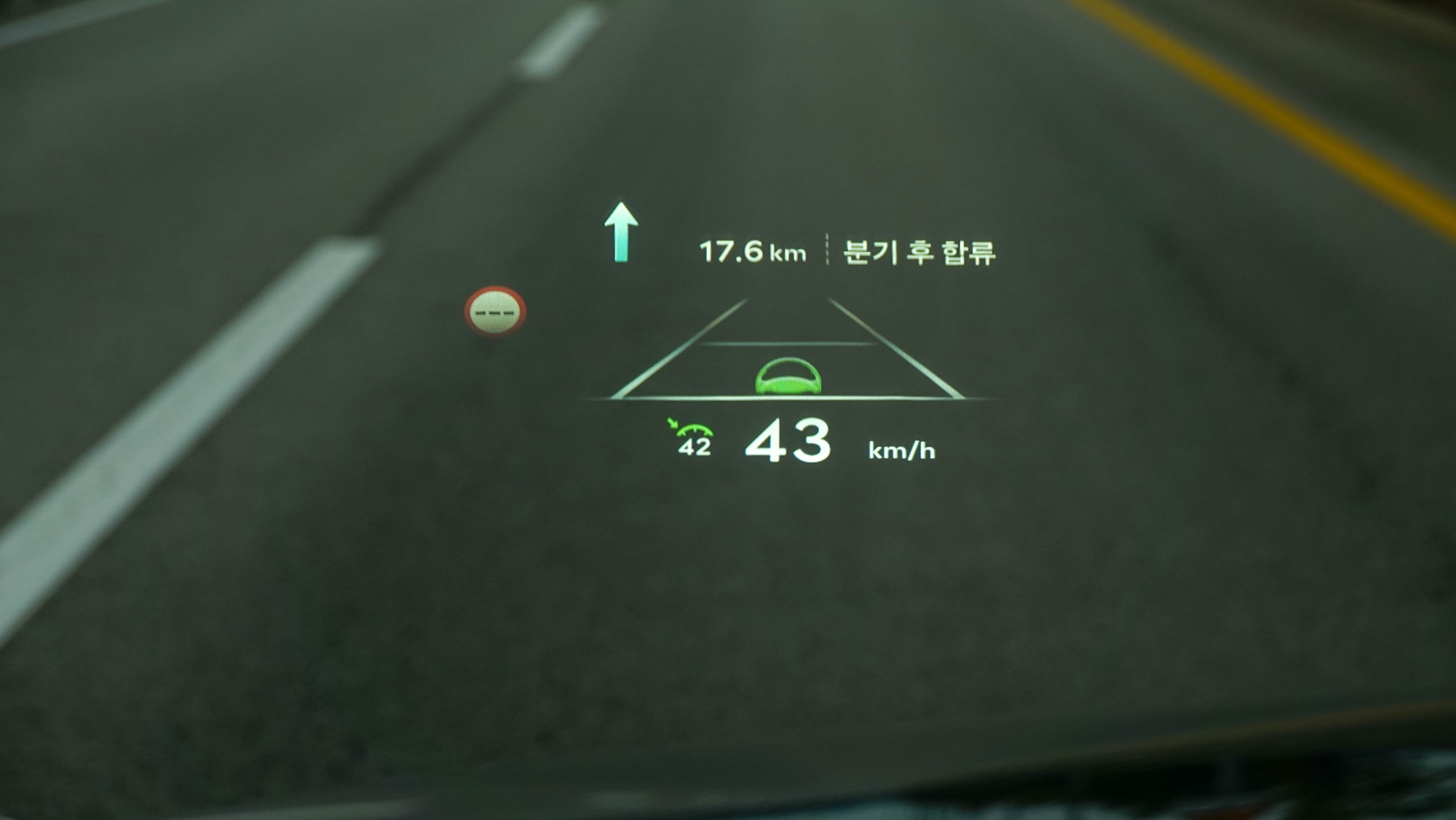
There are features that novice drivers will appreciate, such as parking assistance and lane change assistance. The vehicle can autonomously park by reading vacant spaces in parking lots. Utilizing a button located on the smart key, the driver can also move the car forward or backward while stepping out. When the steering wheel is held, if the direction is clear and the lane is dotted, the vehicle will change lanes on its own. It’s a welcome feature for novice drivers, making parking and lane changes much easier. However, there’s concern that relying too heavily on such innovative features might hinder the improvement of driving skills.
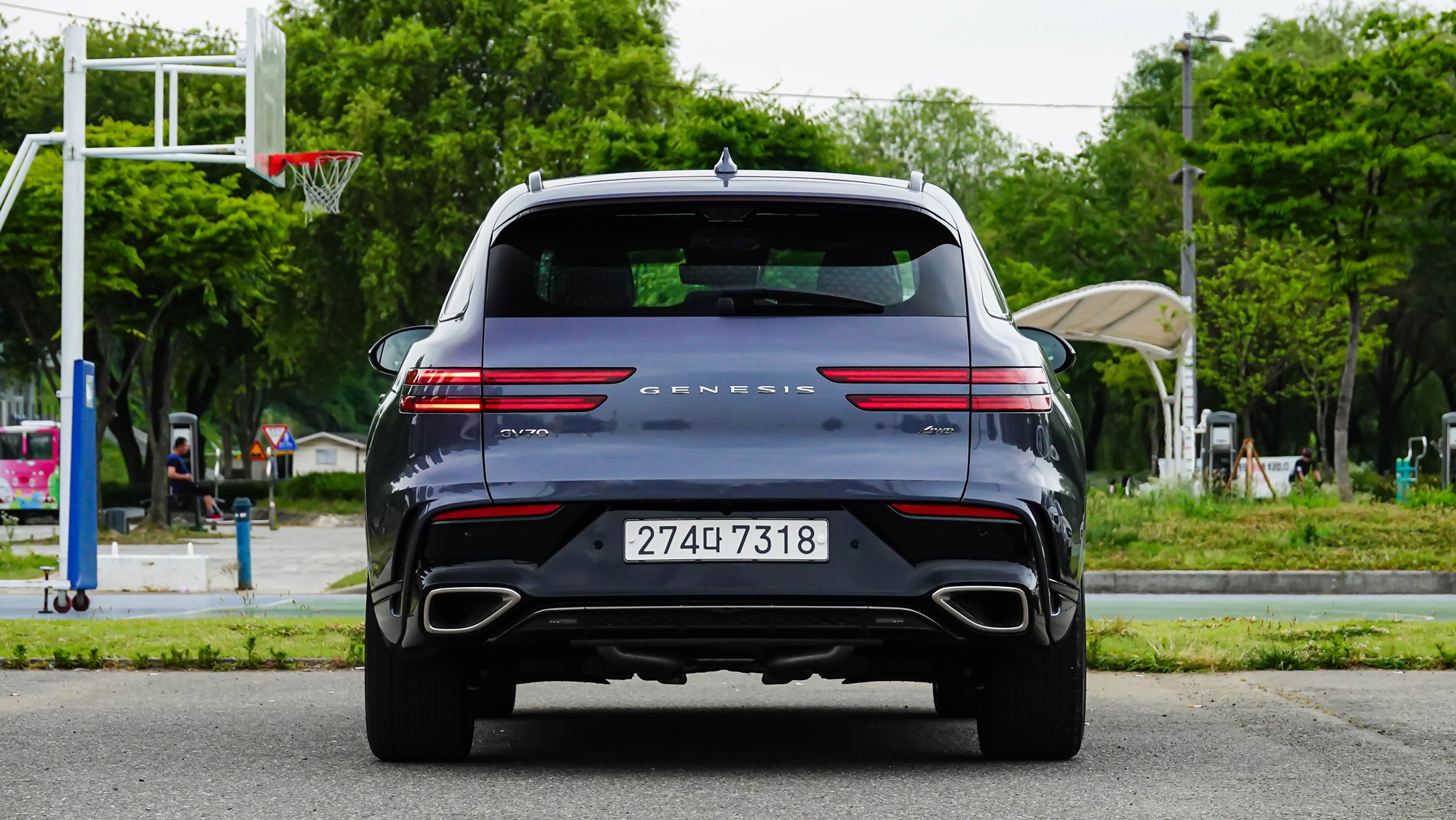
The driving assistance system is implemented with high completeness. Cameras and sensors monitor the surroundings from all angles to support driving. The operation of the driving assistance system can be viewed in real-time on the instrument panel. It checks three lanes centered on the driver’s lane, with other vehicles displayed as cohesive masses, regardless of size or type, like cars, trucks, or buses. It recognizes set speeds, maintains safe distances, and preserves lane discipline while moving steadily. Drivers find themselves with fewer tasks at hand.
Driving in Eco mode from Yeongjongdo to Seocho-dong in Seoul, a distance of 68.6 km took 1 hour and 41 minutes, achieving a fuel efficiency of 11.2 km/L, which is 2.9 km more than the certified fuel efficiency of 8.3 km/L.
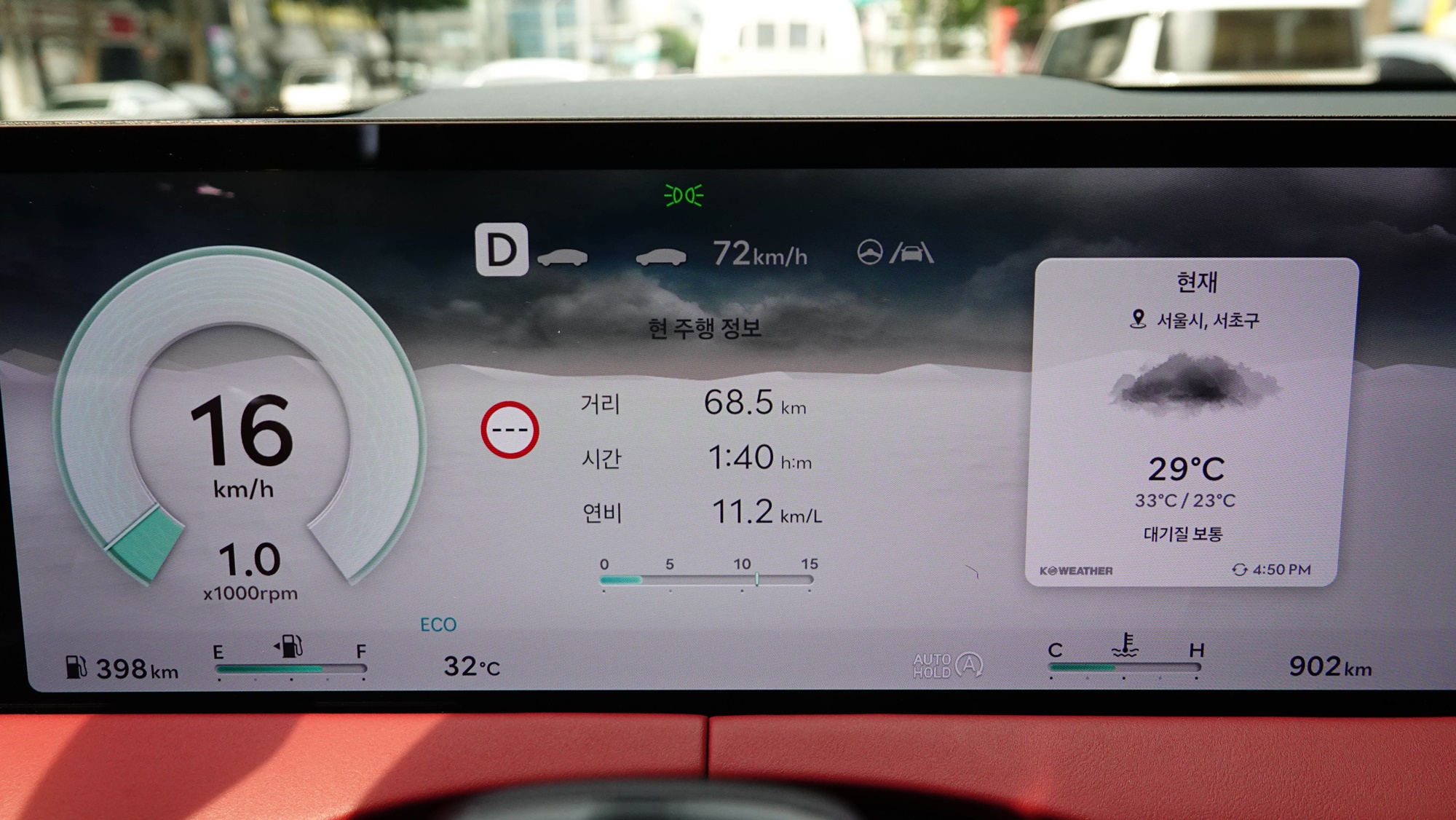
The starting price is 53.8 million won for the 2.5 turbo model. The starting price for the 3.5 turbo model is 59.3 million won. If you opt for the sports package, the starting price is 56.95 million won for the 2.5 turbo and 62.65 million won for the 3.5 turbo.
The GV70 is undoubtedly a Genesis. It elevates the standards of Korean vehicles to a new level. It secures driving quality comparable to European premium brands while exceeding in safety and convenience features. It showcases the essence of Korean luxury in the mid-size SUV arena with high completeness.
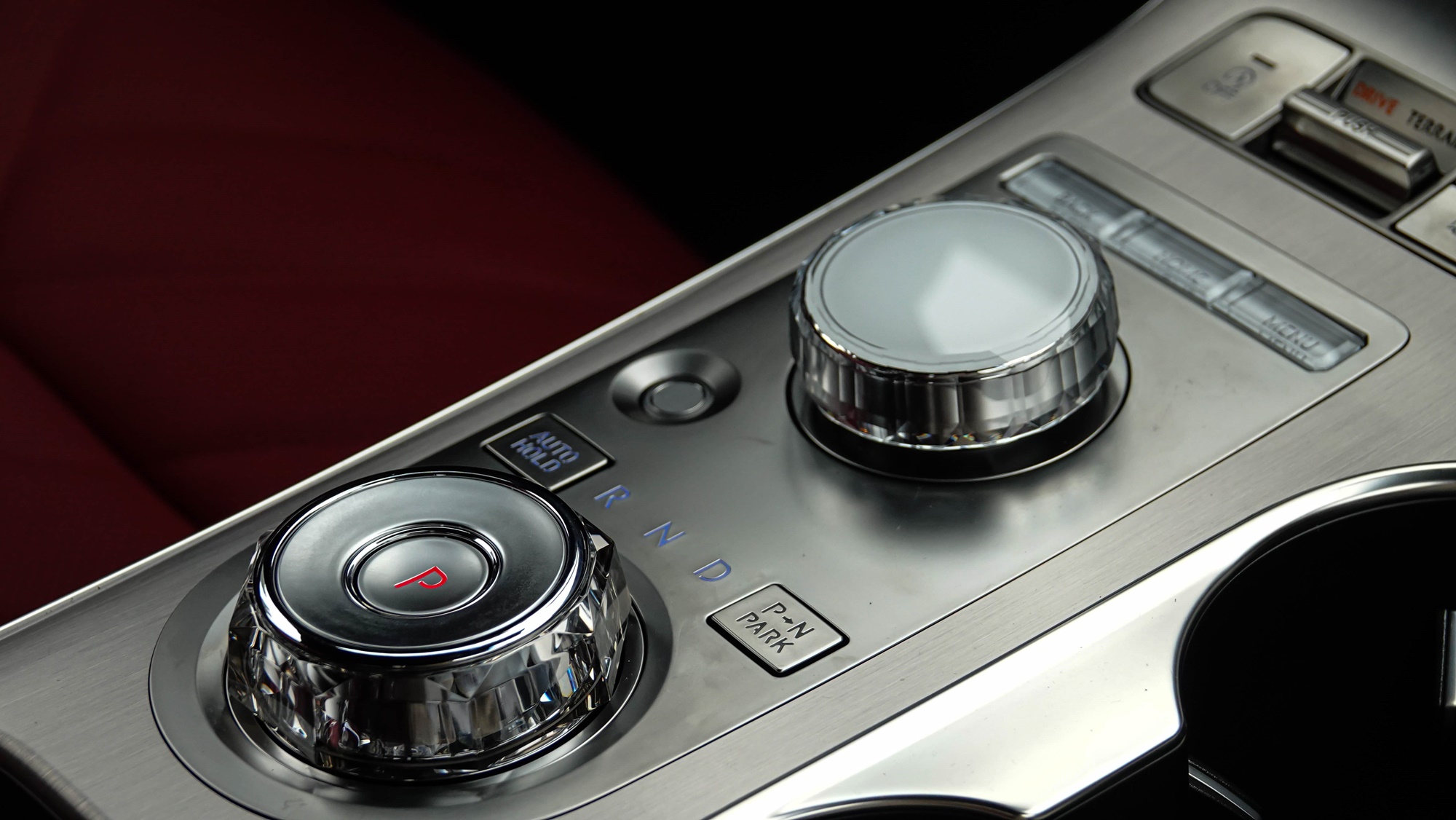
O Jong-hoon’s straightforward review
The lever for controlling the infotainment system and the gear shift lever are similar in shape and position, causing confusion. This is especially true when making urgent adjustments or operating while looking elsewhere. It’s necessary to differentiate the shapes and positions of these levers, and this is an area that requires further consideration.
The trunk floor is elevated, meaning lifting items into the trunk can be inconvenient and physically demanding. It’s challenging to understand why the trunk floor has to be so high, especially since it doesn’t need to house a battery beneath.
O Jong-hoon yes@autodiary.kr

